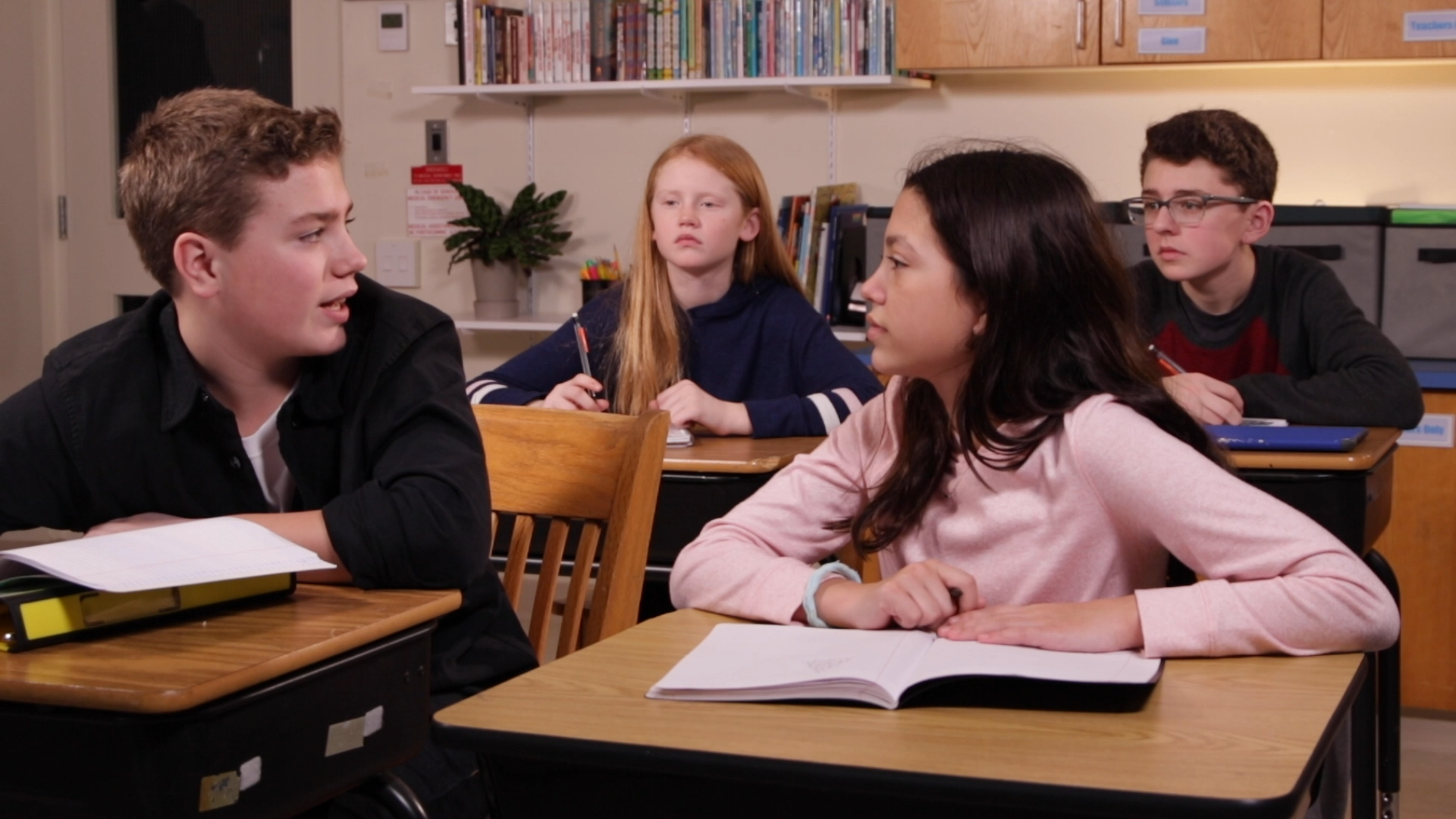
Introduction
As educators, we know that communication is a vital skill for students, particularly when it comes to group conversations. The Conversation Stoplight is a powerful tool that helps students understand when to talk and when to listen during discussions, whether they’re interacting with one person or a group. By learning to recognize the stoplight clues, students can effectively navigate group conversations and contribute without talking over others. In this blog post, we’ll explore the Conversation Stoplight, an engaging no-prep activity, and discussion questions to help your students develop this essential skill.
No-Prep Activity: The Stoplight Game
This simple, no-prep activity allows students to practice using the Conversation Stoplight in a fun and engaging way. Here’s how to play:
- Have students sit in a circle, with everyone facing the center.
- Explain the rules of the Conversation Stoplight, emphasizing the importance of recognizing red, yellow, and green light moments.
- Select a topic for the group to discuss. It can be anything from a recent event to a favorite book or movie.
- Begin the conversation, encouraging students to listen for the green light cues, such as a short pause or a change in body language, before they start speaking.
- As the conversation progresses, remind students to use the yellow light moments to plan what they want to say, while still actively listening to others.
- If someone accidentally talks over another student, remind them to apologize and allow the other person to finish speaking.
After the activity, discuss the experience with your students, highlighting the importance of the Conversation Stoplight in group discussions.
Discussion Questions
Use these questions to further explore the concept of the Conversation Stoplight and encourage students to reflect on their experiences:
- What did you find challenging about using the Conversation Stoplight during the activity?
- How did it feel when someone talked over you, and how did you handle it?
- Why is it important to plan what you want to say during the yellow light moments?
- How can using the Conversation Stoplight help improve the overall quality of a group discussion?
- Can you think of a situation outside of the classroom where using the Conversation Stoplight would be beneficial?
Related Skills
The Conversation Stoplight is just one aspect of effective communication. Here are some other related skills that can help students become better communicators:
- Active listening: Focusing on the speaker, understanding their message, and responding thoughtfully.
- Non-verbal communication: Recognizing and interpreting body language, facial expressions, and gestures.
- Empathy: Understanding and sharing the feelings of others, creating stronger connections during conversations.
- Conflict resolution: Addressing disagreements in a respectful and constructive manner.
Next Steps
Teaching the Conversation Stoplight is an excellent way to help students develop crucial communication skills. To access more free sample materials on this skill and others related to Social-Emotional Learning, we invite you to visit Everyday Speech’s sample materials. These resources provide a wealth of activities and lessons to further support your students’ growth in communication and social skills.

